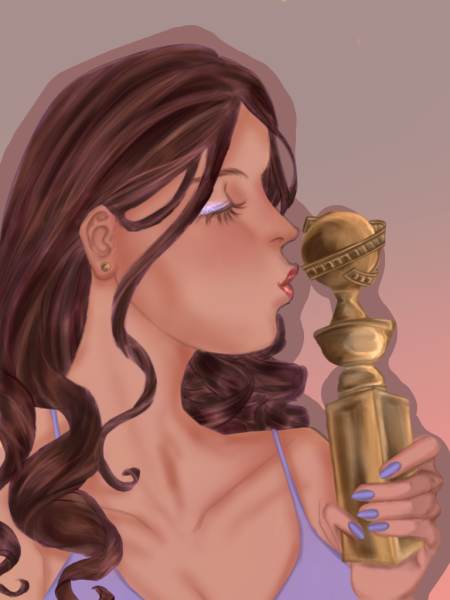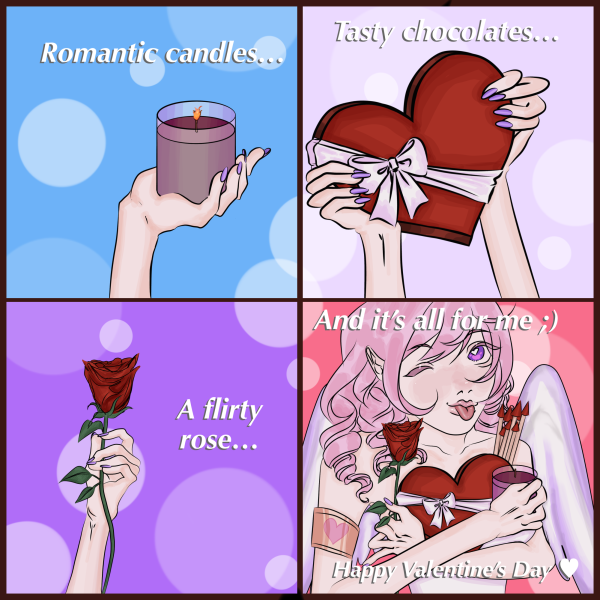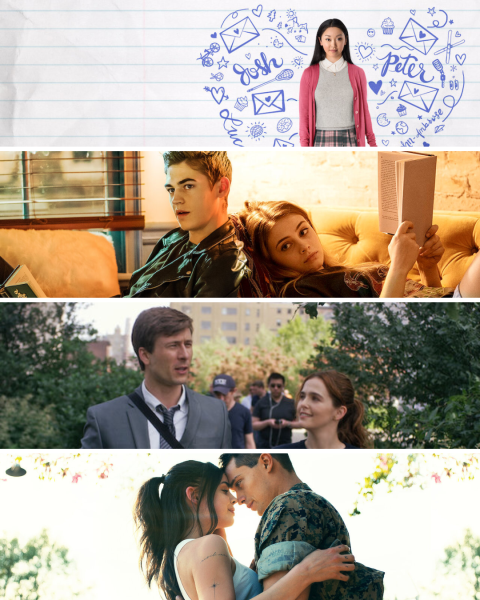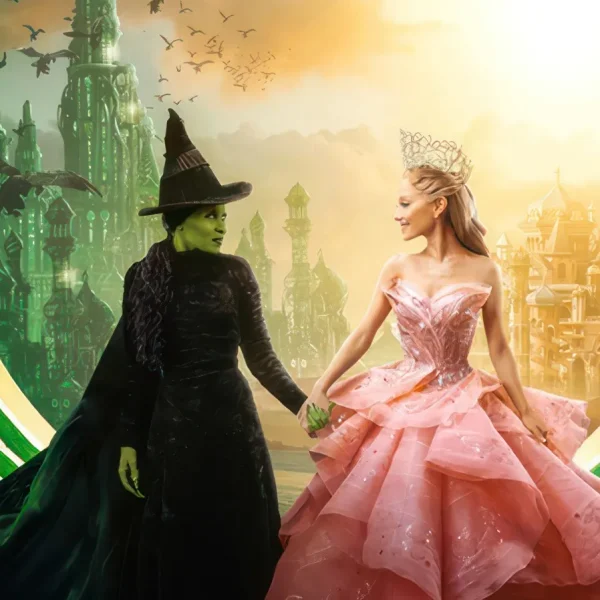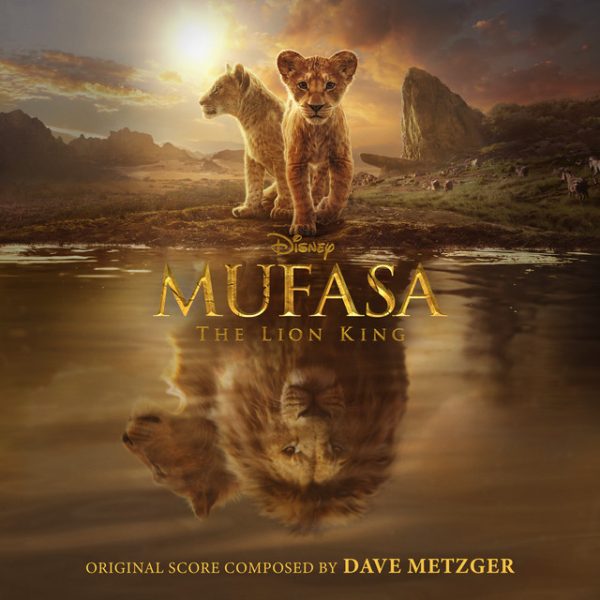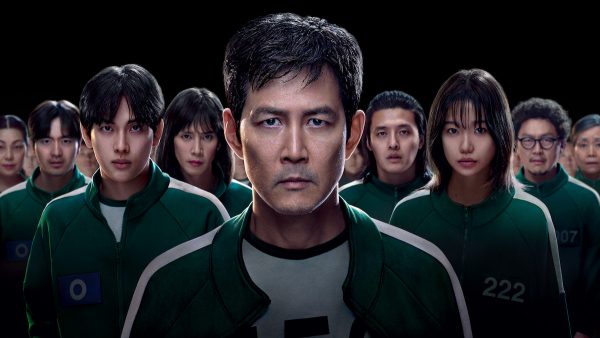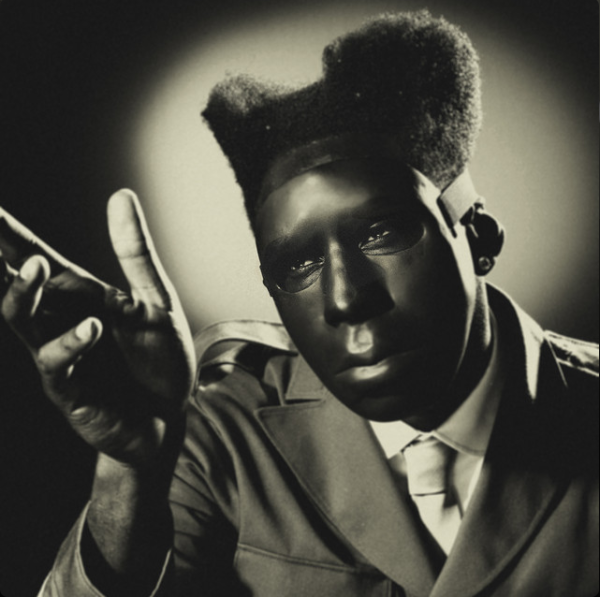‘The Hate U Give’ book reigns over movie
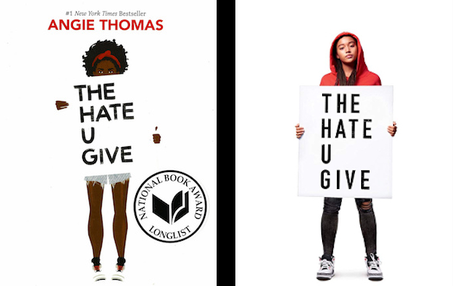
“The Hate U Give” book cover (left) displayed with the newly released movie cover. The film was released Oct. 5, 2018.
“The Hate U Give” follows the life of Starr Carter, a 16-year-old black girl living in Garden Heights, a run down neighborhood plagued with gangs, drugs and violence. She attends a predominantly white school, Williamson Prep, and has many rich, white friends.
I don’t think anything has ever sent me on an emotional roller coaster like the one I rode while reading “The Hate U Give,” a beautiful book written by Angie Thomas. I would be over the moon for the characters one moment, then sad or angry the next. This book angered me in the best way possible, though, because it started a fire in me.
The fire being the reiteration of one of the world’s many problems through the main purpose of the book, which was to explain what thug life stands for: The hate you give little infants f**ks everyone. It shows that the racism children are exposed to so early on comes back to bite society when the children grow up. Children are not born to hate or to see a darker skin color as inferior, they are fed this hate when they are younger and then spit it back out into society, and this cycle of racism is not right. Starr’s situation represents this almost too perfectly.
One night, Starr is on her way home with her childhood best friend, Khalil. They leave from a party where shots were fired. Khalil is pulled over by a policeman and is forced from his car after hesitating to give his license and registration without reason. As the policeman, officer 115, returns to his car, Khalil turns to Starr and asks her if she is okay. This small action prompts officer 115 to shoot Khalil not once, not even twice, but three times. Starr holds her friend’s lifeless body in her hands while the officer’s gun is pointed at her.
Starr has to figure out who she will tell. She doesn’t want her Williamson friends to think she’s another girl from the ghetto, but she can’t handle the weight on her shoulders. Although there are many subplots to keep up with, the main issue of the book after this is finding justice for Khalil, and for others like him, all while trying to save face to her friends.
What occurred in “The Hate U Give” is so relevant to everything going on right now in America with the injustices happening in our “justice” system. Too many times, the media has shown us a black kid who was shot by a white officer for no apparent reason. Then they paint the victim to be a bad kid or drug dealer and so much more. This is exactly what happened to Khalil. And spoiler alert, officer 115 was never charged for his murder. Justice was never given to Khalil and many still saw him as another drug dealer who would have ended up dead anyway.
“The Hate U Give” did more than anger me, though. It had such a strong hold on me that I cried many, many times. All of the characters really came to life in my head and I was able to attach myself to their issues and their lives. Now, emotionally, it was hard to get through. But it was so amazing that I never wanted to put the book down and always wanted to tell everyone about what was happening. Every sentence pulled me in deeper and deeper, and I was honestly sad when I finished the book and could no longer keep up with Starr and her family.
However, watching the movie has a bit of a different story. It was good. But good is not great. I went into it with preconceived notions of never thinking the movie is as good as the book. Although the movie ruined the images I had imagined from the book, it was able to bring to life things I really couldn’t, like the characters’ unique dialects and their environments.
Still there was a missing piece: DeVante, one key character. Without DeVante, many of the subplots in the book would not have been possible. While I completely understand that a two-hour movie cannot include every detail from a 444-page book, it felt wrong watching something unfold on screen in such a different way. DeVante was a big reason for Starr’s family to move 45 minutes out of their bad neighborhood into a nice, diverse community. He was also the reason for the destruction of the Carter’s family grocery, which employed Starr and her father.
On top of missing DeVante, the movie version of “The Hate U Give” downplayed many characters’ racist attitudes. I personally think this is due to the movie industry not wanting to receive backlash. In many ways, the movie made Khalil look more guilty and let the racist policeman and some of Starr’s racist friends off the hook, which I am not okay with. People who watch the movie need to see more than what it portrays.
“The Hate U Give” was tear jerking and wonderful. Although the movie did not match the book exactly, both versions did an exemplary job at getting the thug-life point across. Thomas was able to bring very real issues to life through beautiful writing and unique characters.
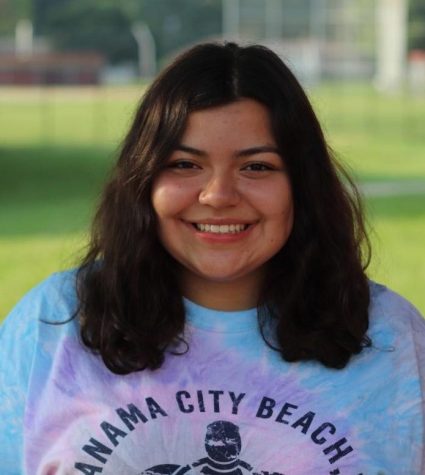
Hey, y’all. It’s Elizabeth Valadez, and this year I’m back for my third and final year as The Journal’s Editor-In-Chief. I also play the clarinet,...



